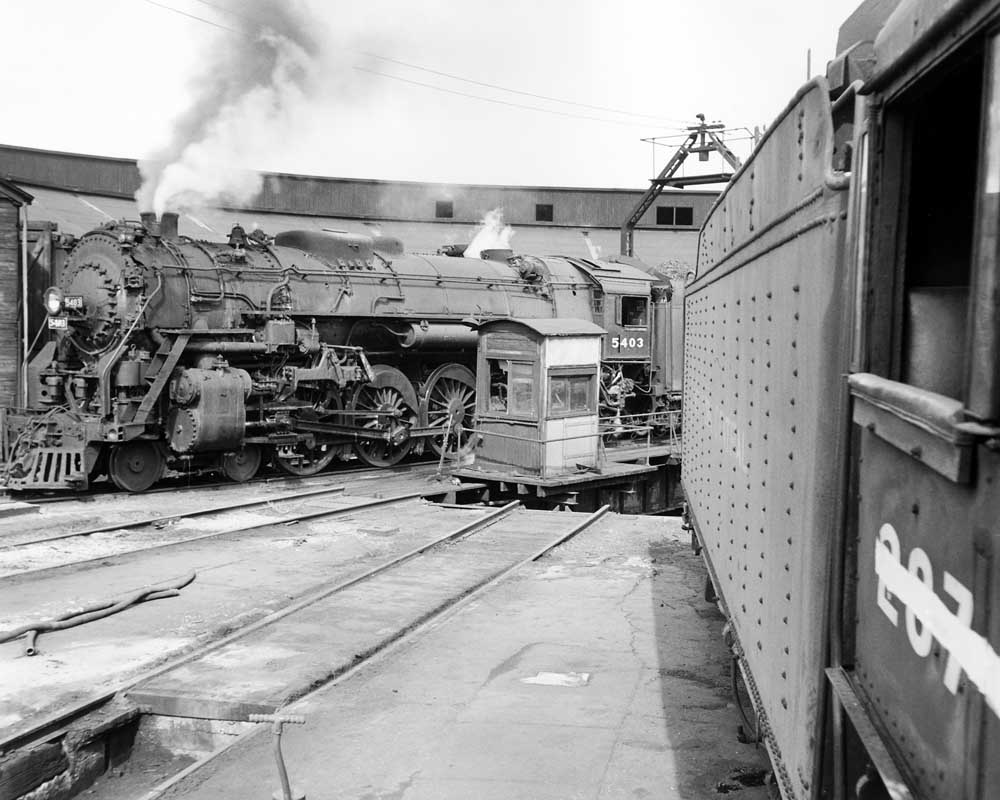
Any time the UPS truck drops a new railroad book on my porch, it’s a good day. But “good” is hardly adequate to describe the feeling I had a few days ago when a box from Indiana University Press showed up by the front door. Only superlatives will do when the subject is photographer Philip R. Hastings, one of the great masters of railroad imagery.
The book is called “The Railroad Photography of Phil Hastings,” by Tony Reevy, who chose the photographs, wrote the elegant narrative, and did a fantastic all-around job of researching Hastings’ life. Tony is a veteran at this kind of thing, having produced earlier, authoritative books on O. Winston Link, and Lucius Beebe and Charles Clegg. Now he brings us Hastings in full.
Tony’s deeply researched Introduction and the narratives that accompany the nine sections, or “Portfolios,” amount to a brief but satisfying biography of Hastings. The author plumbs Hastings’ influences, his heroes and mentors, his relationships with such key figures as Jim Shaughnessy and David P. Morgan, and his standing among all the great shooters. As Tony eloquently puts it, “Phil Hastings still has much to teach others interested in the full span of American railroading and its depiction on film.”
This isn’t the first time Hastings has been showcased in a hardcover book. Among the favorites in my modest railroad library are “The Mohawk That Refused to Abdicate, and Other Tales,” the monumental anthology of Hastings’ adventures with Morgan from Trains magazine; and Doug Nelson’s “Philip R. Hastings: Portrait of the Pennsylvania Railroad.” Also significant is “The Boston & Maine: A Photographic Essay,” by Frank Kyper and William B. Stewart, showcasing what was likely the photographer’s favorite railroad.
But these previous volumes sampled only a portion of Hastings’ huge oeuvre. Here, in Reevy’s book, the entire expanse of Hastings’ talent and curiosity are on display. Phil really covered the waterfront (pardon the metaphor), from his native New England to his adopted Midwest, to every other key region in the U.S. and Canada, all the more extraordinary when you factor in the difficulty of road trips in the 1950s, the pressures of his psychiatry practice, and the obligations of family.
This book is personal to me, as well, and not only because Tony gave me the privilege of writing the Foreword. I knew Phil for about 11 years, first when I was cutting my teeth as a young advertising writer at Kalmbach, charged with promoting the “Mohawk” book, and later as the managing editor of Passenger Train Journal, where I was lucky enough to run a number of Phil’s photo essays about obscure passenger trains. As a teenage reader of Trains, I’d known Phil’s name for years, but I never could have expected to know the man.
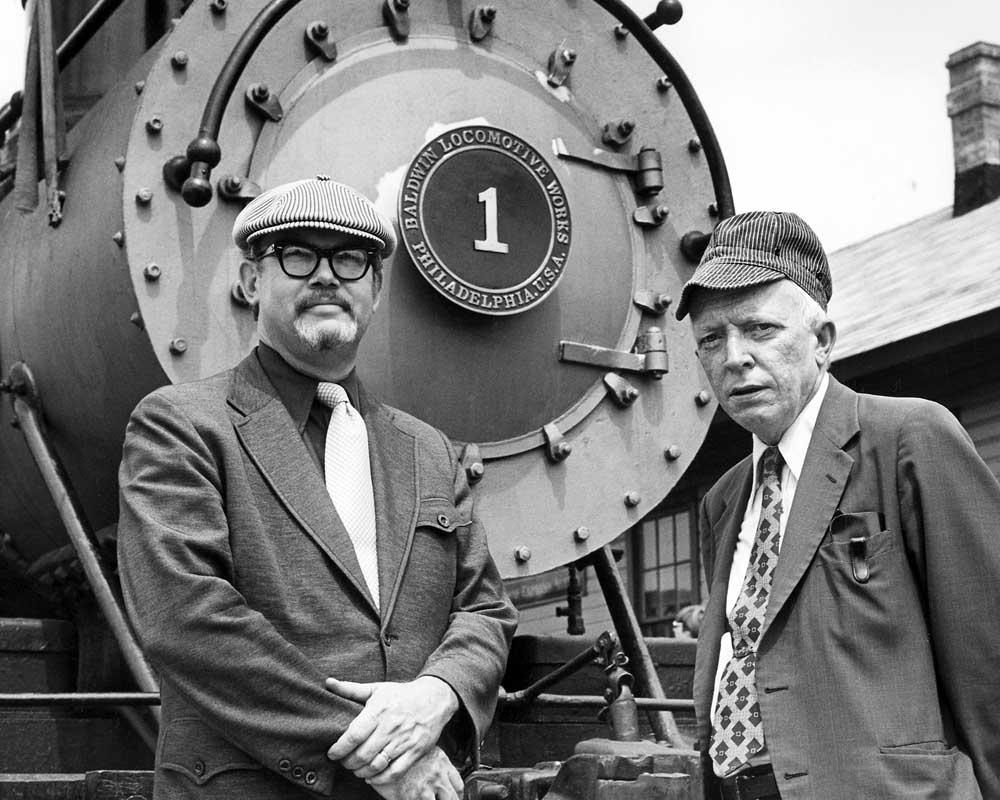
Suddenly, circumstances made it so. But any awe I displayed at working with a legend was quickly brushed aside. Hastings had a healthy ego, which is to say he didn’t appear to have one at all. Perhaps befitting his profession, he was friendly, plainspoken, even soothing. Choosing photos with him or interviewing him or even running layouts past him was a dream.
Phil and I stayed fairly in touch over the brief years I knew him. He generously let me camp out on occasion in his wooden, outside-frame Rock Island caboose parked at his beloved Mid-Continent Railway Museum, an experience I shared with writer/photographer Drake Hokanson and our dear mutual friend, the late Tom O’Brien. It was better than being invited aboard a yacht.
But I was caught by surprise — and deeply saddened — to encounter Morgan’s obituary for Phil in the May 1987 issue of Trains. The editor described Hastings as “A man who gave a new and lasting dimension to the craft of railroad photography.” Indeed. I was shocked that he was only 61. We could have hoped for so much more from him.
I’m grateful, then, that I had one chance to spend some time with both Morgan and Hastings when they were together. It was May 1975, and DPM had been invited to speak at Mid-Continent’s opening day in North Freedom. With “Mohawk” coming out, some of us at Kalmbach figured we’d make David’s appearance into a sort of book-release party, since Phil planned to attend.
So it was that on a hot, sunny weekend, Alison and I joined David and Margaret in the back seat of their Ford Granada for the 130-mile trip over to North Freedom. Once there, DPM climbed atop a baggage cart on Mid-Continent’s station platform and delivered a brief but gracious speech that struck at the hearts of the museum members and friends gathered around. A couple of paragraphs are worth recalling.
“When I was a child,” Morgan said, “there were, in effect Mid-Continent Railway Museums all across this land. We called them branch lines and short lines and interurban lines. They were chartered common carriers, subject to state PUCs and the ICC down in Washington. The help was paid, and the owners either received dividends or hoped that someday they might. Otherwise, though, these railroads were Mid-Continent Museums, complete with frame bay-window depots, coal-fired Moguls and Ten-Wheelers, open platform wood coaches, and arch-bar trucks.
“That famous railroad-oriented North Carolina novelist Thomas Wolfe wrote a book entitled ‘You Can’t Go Home Again.’ But Thomas Wolfe was wrong. You can go home again. All of us gathered around this train are home again in North Freedom.”
The crowd loved it.
Before the day’s events closed, a couple of us photographers (John Gruber among them) managed to get Hastings and Morgan to pose in front of one of Mid-Continent’s engines, the elegant Warren & Ouachita Valley 4-6-0 No. 1. Looking at the portrait now, their expressions make me think they weren’t all that comfortable with the attention. But as Tony Reevy’s book reminds us, theirs was a “renowned partnership,” one as potent today as it was in the 1950s.
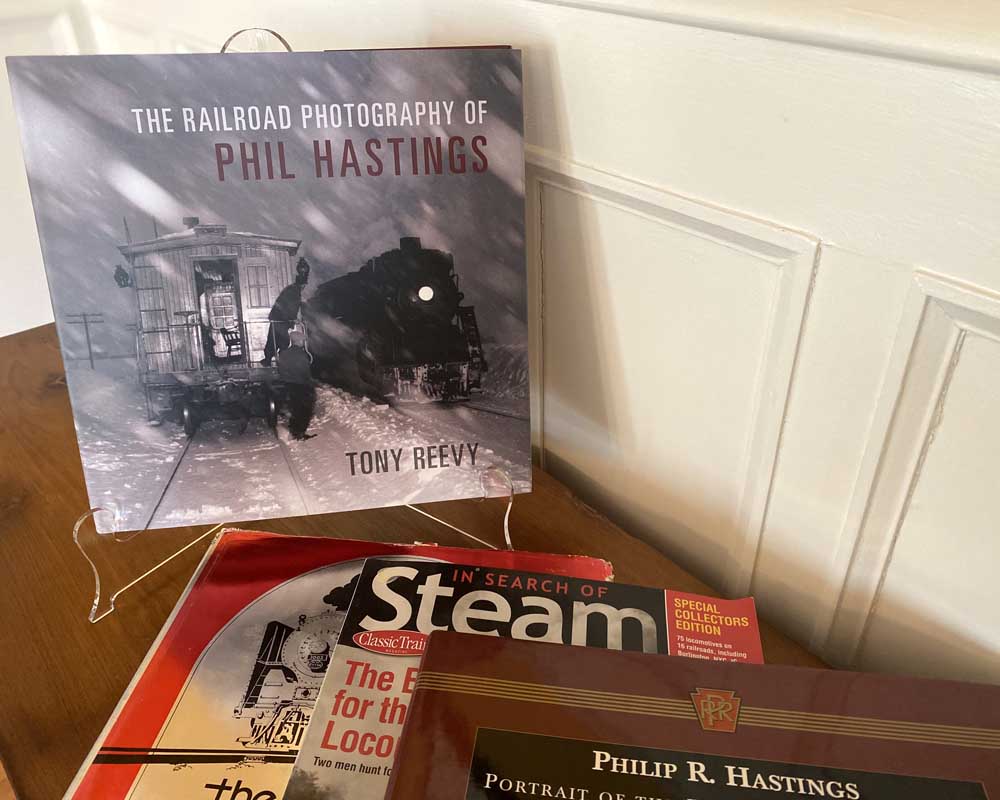







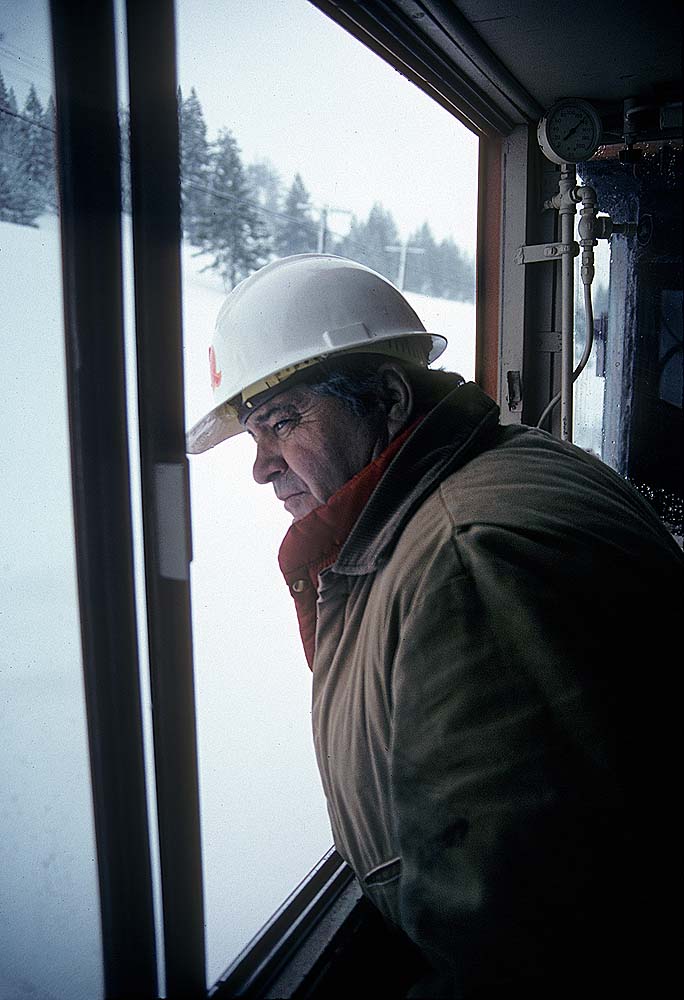
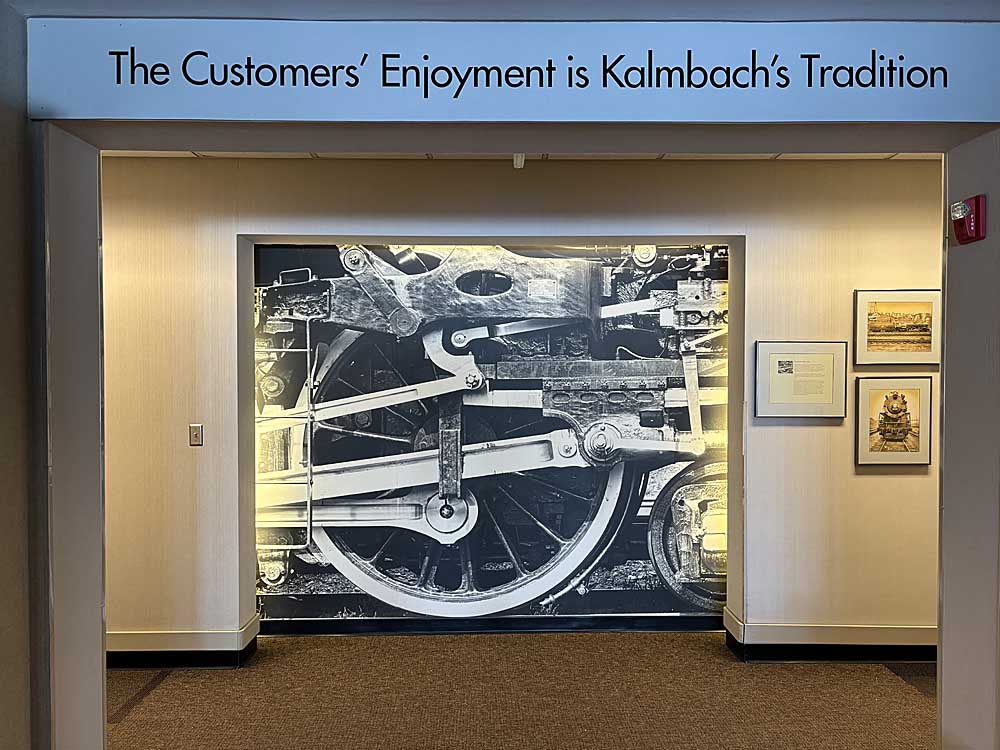
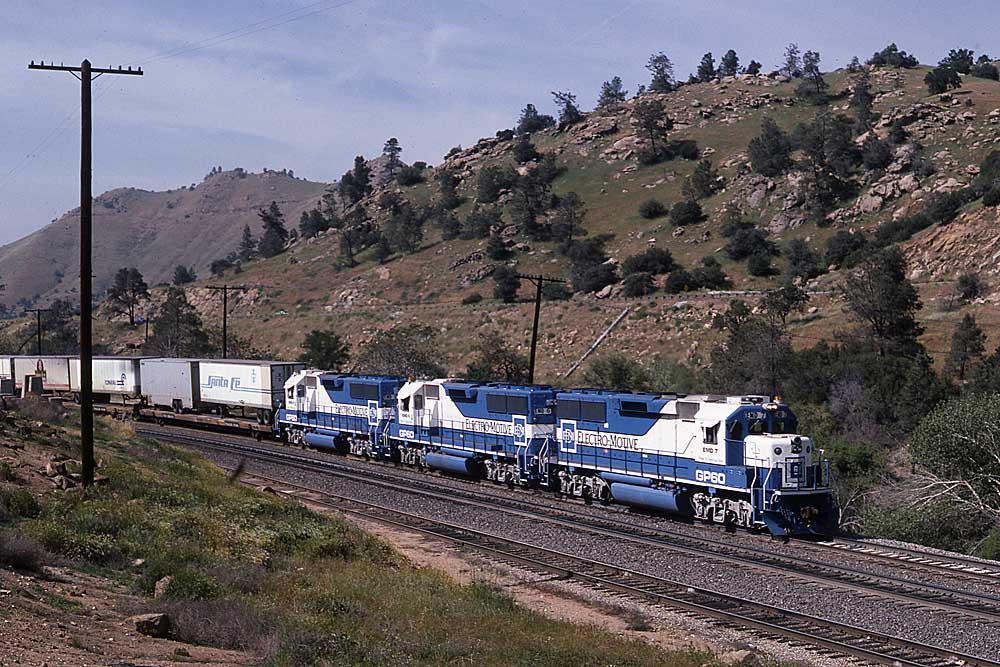




This review by Mr. Keefe was one of the reasons that I purchased this book from an online retailer And was eagerly looking forward to receiving the book. I have always liked the railroad photography of Phil Hastings and have a high opinion of the Indiana University Press. Unfortunately, I wish that I had been able to see a copy of this book before I purchased it. I was absolutely disappointed with the book. The photograph reproduction is terrible. The pictures are mostly very dark and muddy. I am amazed at how unattractive this book is. It is a book about photographs but the quality is atrocious.
I assume Mr. Keefe received a copy of the book in which the photograph reproduction was better.
If I was reviewing this book, at least based on the copy of the book I received, I would give it zero stars out of five. It was a complete waste of my money.
I got my name to work and sign in to work this time, sometimes it does not. Very interesting photo on the first one, a traffic jam of trains. I am very familiar with Mid-Continent RR, we took a trip there a few years ago and we enjoyed it. I think that was the same year we met Cate for lunch and afterward she took us on tour of Kalmbach Pub. Jim was out of town, so we never did get to meet him. I met you on Heber Valley when we were out that way for Golden Spike . Never heard of this photographer , only one I really know is O Winston Link from a record Dad had of his steam recordings and my rail buddies and me toured Link Museum when we were up that way to ride with #611, our first trip together We got to see and ride with her again in Strasburg PA a couple of years ago. Glad they are letting her run since NS is no longer allowing it.
Wonderful recollections Kevin, and I have another book to order–Thanks. Hastings and Morgan we are blessed they shared the love of railroads with us.